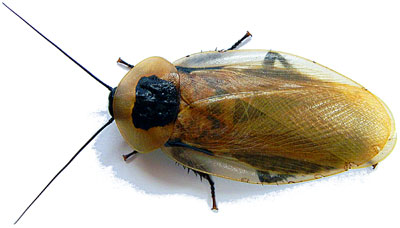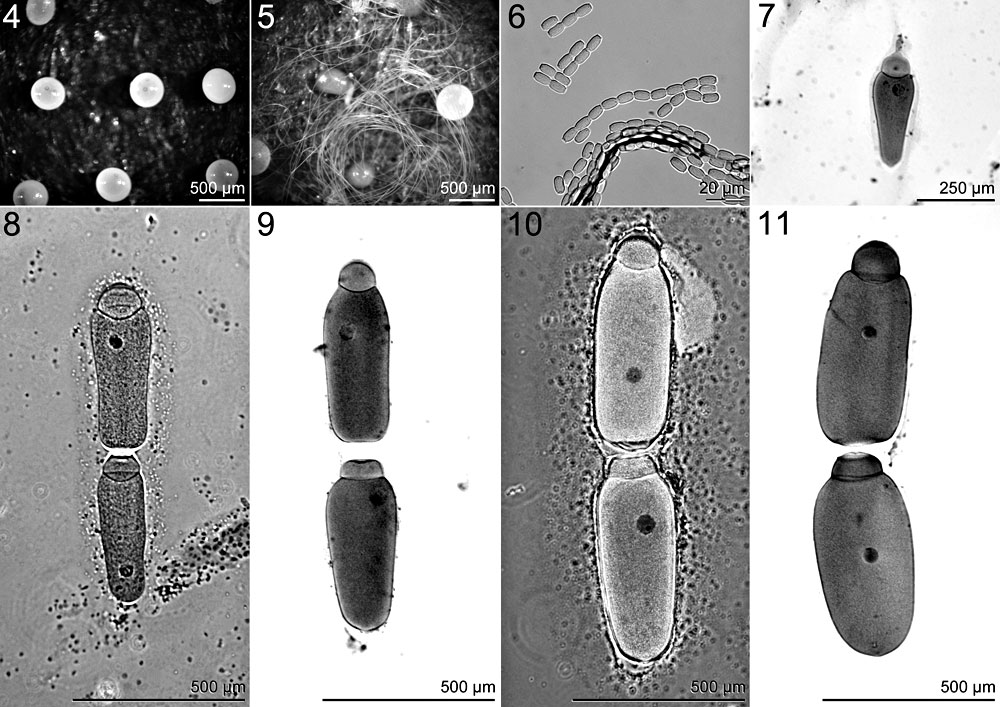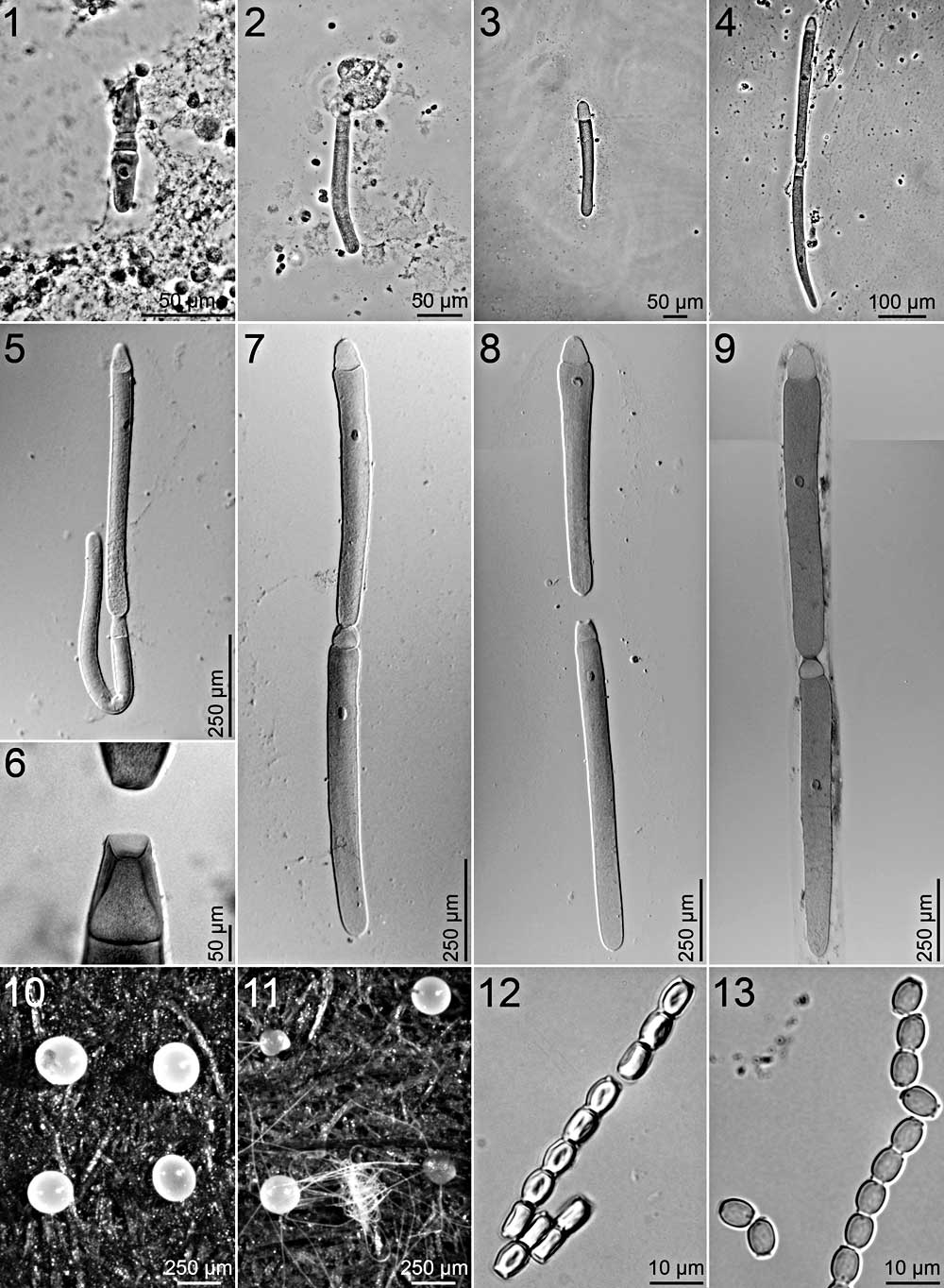Gregarines from Blaberus discoidalis
The discoid cockroach, Blaberus discoidalis, is also commonly called the west indian leaf cockroach, drummer, or false death's head cockroach. The species is indigenous to Central America, but has established native populations ranging from Florida, U.S.A. in the north, through the Caribean West Indies into northern South America. Species records include wild population collections from Jamaica, Cuba, Haiti, Puerto Rico, Panama, Colombia, Venezuela, Trinidad and Tobago, and the USA (Florida). This species has been a common scientific research model for at least 50 years and is widely spread in the commercial pet trade.
The discoid cockroach hosts 2 gregarine species: Blabericola cubensis (Peregrine, 1970) Clopton, 2009 and Protomagalhaensia granulosae Peregrine, 1970. Both of these gregarine species were originally described from laboratory cultures of Blaberus discoidalis maintained in the Department of Zoology, Cardiff University, Wales, United Kingdom. We redescribed both Blabericola cubensis and Protomagalhaensia granulosae to stabilize the taxa as part of our survey of gregarine biodiversity.
Clopton, R. E. 2012. Synoptic revision of Blabericola (Apicomplexa: Eugregarinida: Blabericolidae) parasitizing blaberid cockroaches (Dictyoptera: Blaberidae) with comments on recognizing and delineating gregarine species boundaries. Journal of Parasitology 98(3): 572-583. PDF
Clopton, R. E. 2011. Redescription of Protomagalhaensia granulosae Peregrine, 1970 (Apicomplexa: Eugregarinida: Blabericolidae) parasitizing the Discoid Cockroach, Blaberus discoidalis (Dictyoptera: Blaberidae). Comparative Parasitology 78(1):63-72. PDF
Clopton, R. E. 2009. Phylogenetic Relationships, Evolution, and Systematic Revision of the Septate Gregarines (Apicomplexa: Eugregarinorida: Septatorina). Comparative Parasitology 76(2): 167-190. PDF
Peregrine, P. C. 1970. Gregarines found in cockroaches of the genus Blaberus. Parasitology 61: 135–151.

Blaberus discoidalis, adult.

Blabericola cubensis, life cycle stages. (4) Gametocysts. (5) Monete oocyst chains dehisced from mature gametocysts. (6) Oocysts. (7) Solitary trophozoite with epimerite. (8-11) Variation in typical mature associations. (From Clopton,2012).

Protomagalhaensia granulosae, life cycle stages. (1) Young trophozoite with epimerite fully embedded within a host cell, protomerite and deutomerite extracellular. (2) Young elongate trophozoite with epimerite still fully embedded in host cell. (3) Young elongate trophozoite free in the intestinal lumen but without epimerite. (4) Young gamonts in association. (5) Immature gamonts in association. (6) Acetabular association interface of satellite. (7-9) Mature gamonts in association. (10) Gametocysts. (11) Monete oocyst chains extruded from mature gametocyst. (12) Monete oocyst chains in thick water mount (surface focal plane), note corpuscular surface of oocysts. (13) Monete oocyst chains in agar mount (frontal focal plane), note residuua, apical corner knobs and polar dehiscence plates. (From Clopton,2011).
